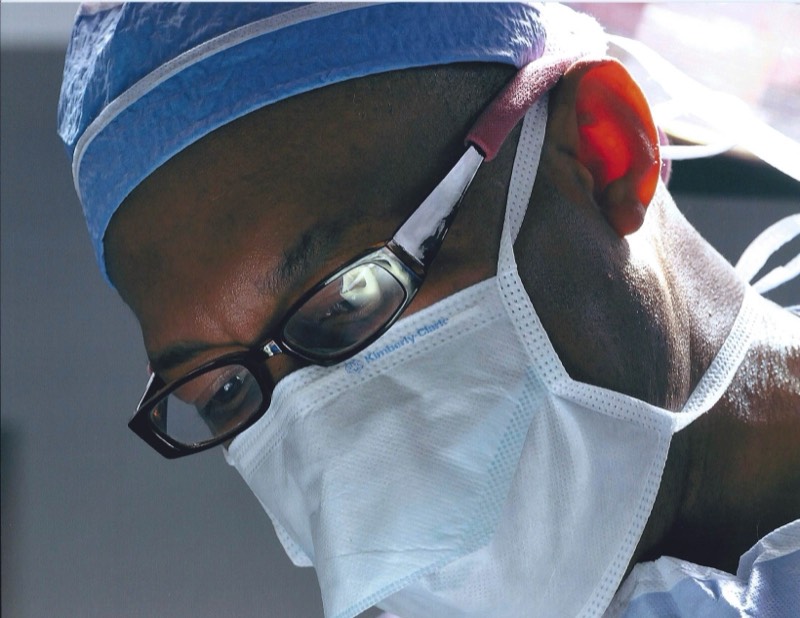
COMMONLY PERFORMED PROCEDURES
Laparoscopic cholecystectomy: This is a minimally invasive procedure to remove the gallbladder. The procedure is performed by making three to four small openings into the abdominal wall, then inserting gas for visualizations. Subsequently, the gallbladder is identified, carefully and tediously disconnected, and then removed. At certain times, it is required that a procedure be changed to an open incision if there is scarring, infection or if the structures cannot be adequately identified. However, most of the time, the procedure is able to be performed with small openings.
Hernia repair: Ventral hernias or incisional hernias are weaknesses in the abdominal wall allowing the intestines to escape. Inguinal hernias or groin hernias are weaknesses in the lower abdominal wall allowing the intestine to protrude. These can either be from years of heavy lifting or from a small hernia defect present at birth. Umbilical hernias, or bellybutton hernias, are weaknesses in the abdominal wall behind the bellybutton allowing the intestines to push through. The reason to repair hernias is that, if the intestines are allowed to become trapped, parts of it might need to be removed.
Breast surgery: The most common procedure is biopsy or removal of a small portion of breast tissue to make sure the area does not represent cancer. Most biopsies that are performed are for non cancerous conditions including fibrocystic disease. There are various techniques for performing breast biopsy including needle localized biopsy and stereotactic biopsy. A needle localized breast biopsy is a biopsy of an area on a mammogram which cannot be felt upon examination. The radiologist places a needle near the abnormal area of the mammogram. Following this, the surgeon makes an incision at the suspected area and removes the area. A stereotactic biopsy allows for removal of a small area of breast tissue under the guidance of the radiologist without making a large incision. If cancer is found, sentinel lymph node biopsy is possible.
Removal of skin lesions and skin cancers: Melanomas, basal cell carcinomas, and squamous cell carcinomas can be removed using sentinel lymph node biopsy in which the primary lymph node drainage basis form a melanoma can be found.
Colon surgery: This can be at times performed laparoscopically which includes surgery for colon cancer, as well as diverticular disease. This usually involves cleansing of the colon with purgatives and antibiotics prior to surgery followed by removal of a portion of the colon. Usually the colon can be reconnected allowing normal gastrointestinal function.
Stomach surgery: These procedures, which are required much less frequently than in the past, include surgery for ulcers as well as severe reflux disease.
Intestinal surgery: This type of surgery is usually performed for tumors or scarring of the small intestines.
Thyroid surgery: Involves removal of one or both lobes of the thyroid gland for benign or malignant conditions including goiter and hyperthyroidism.
Venous access surgery: Implantation of devices for IV antibiotics or chemotherapy.
Rectal surgery: Treatment of hemorrhoids, anal and rectal tears, as well as abscesses and pilonidal cysts.